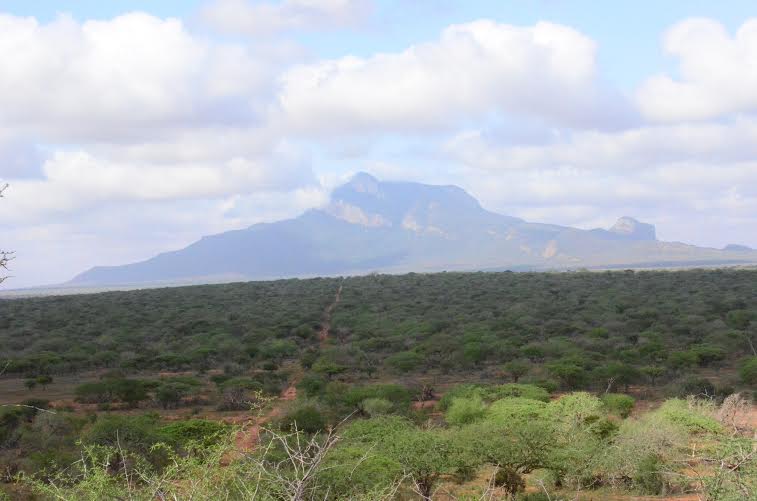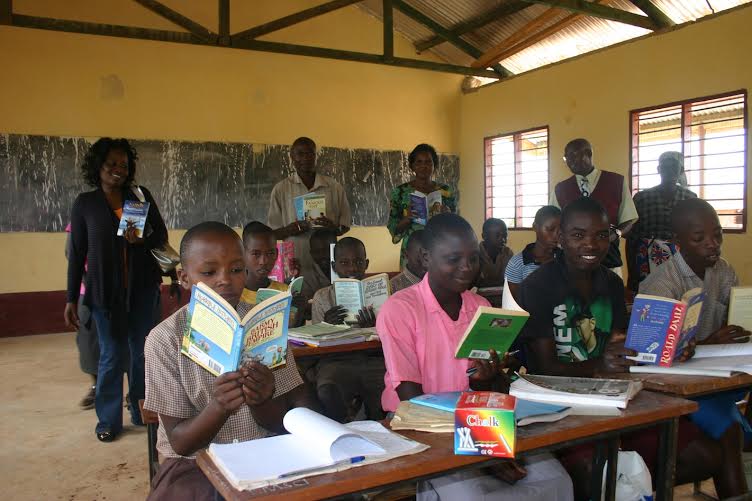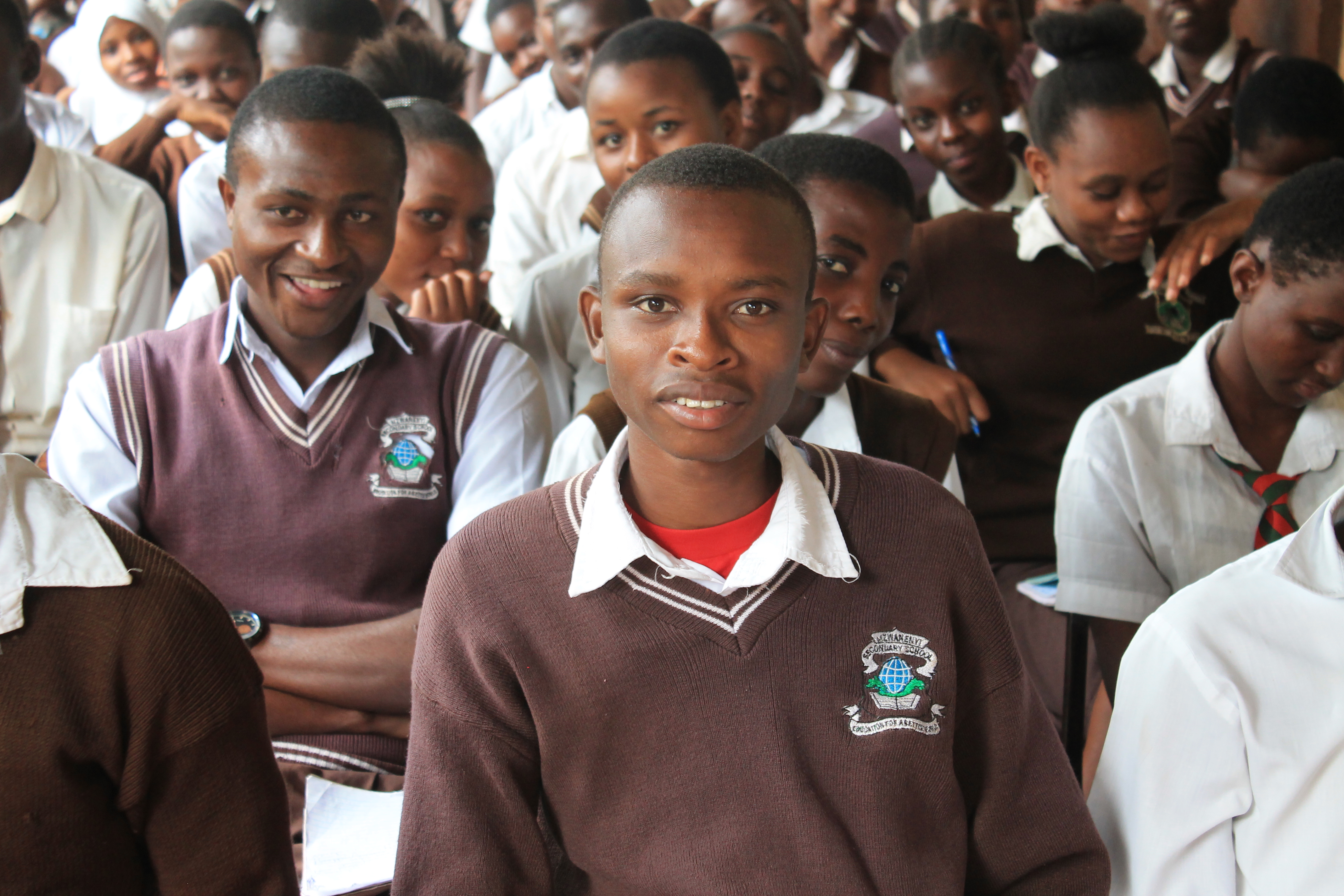The Efficiency of Carbon Credits: Wildlife Works’ REDD Project Gives Hope to Families in Kasigau
Only someone who has never witnessed first-hand the plight of a developing nation would dispute the effectiveness of carbon credits. According to a report by the UN-REDD Programme, deforestation and degradation of forestlands account for more than 20% of worldwide greenhouse gas emissions, second only to the transport sector. Forest communities that lack an alternative source of income are forced to decimate the surrounding environment and wildlife to make a living. But what if they were empowered to conserve forests instead of destroy them?

The Wildlife Works REDD+ Carbon Project in Kasigau, Kenya, exemplifies the role that carbon credits play in combating global warming and ensuring a safer existence for humans, wildlife, and the land that they both inhabit.


Wildlife Works protects over 500,000 acres of forested land in the Kasigau Corridor. If left unprotected, this region would become deforested in less than 30 years. Prior to Wildlife Works’ presence in the area, the community relied heavily on unsustainable exploitation of the land for its livelihood. Logging, charcoal burning and clearing of forestland for tilling were common practice. With the emergence of WW and the subsequent placement of a majority of the property under the Wildlife Works Carbon Trust, the community has continued to reap benefits from their land in a more profitable and sustainable manner.

One of the longest surviving chiefs in the area, Pascal Kizaka, claims that the Wildlife Works REDD Project has played a major role in the survival of forests around the Kasigau Corridor.
“I am a first-hand witness of the benefits that placing our land under the REDD+ Project has brought my community. Our children are going to schools built from carbon credits, our women are fetching water from water tanks funded through the sale of carbon credits and our older sons and daughters have been employed by the organization,” Chief Kizaka says.

Thanks to carbon credits, the Kasigau Community has become a model of accomplishment, not only to the threatened landscape in Africa but also to the rare wildlife that inhabits it. The project effectively secures a migration corridor for wildlife roaming between the Tsavo East and the Tsavo West National Park.


A third of all the proceeds from the sale of carbon credits harvested in the project area directly benefit the community, which decides how the proceeds will be used. They invest in community infrastructure such as building of schools, hospitals, water tanks and allocation of scholarships to disadvantaged children in the community.
In the past year alone, the community has used proceeds from carbon credits to fund more than 1,000 students to pursue secondary and post-secondary education, construct classrooms in more than 10 schools and develop other community projects.
Additionally, the Wildlife Works REDD Project provides both direct and indirect employment to the community, thus helping to alleviate the main cause of forest degradation: poverty. Young adults around the project area have been employed as wildlife rangers, agriculturalists, seamstresses, and drivers and in various other activities in and around the project area.

The United Nations Environmental Programme REDD team recently came to Wildlife Works for a site visit and left us with these encouraging words:
“The work that you are doing is pioneering and very impressive in terms of its impact on local communities and conservation. The visit has provided a useful ‘reality check’ for our work, and provided our team with new motivation to further consolidate the business case for REDD+ at global and national level; to enhance private sector engagement; and to advise countries on social and environmental safeguards, and on the multiple benefits to be derived from successful REDD+ implementation.”
Tim Christophersen, Senior Programme Officer, Forests and Climate Change at UNEP
By shifting focus from the carbon perspective and taking a closer look at empowering communities through the UN-REDD Programme, REDD+ and other similar programs, we can begin to appreciate why carbon offsetting is one of the most effective methods to combat global warming.



